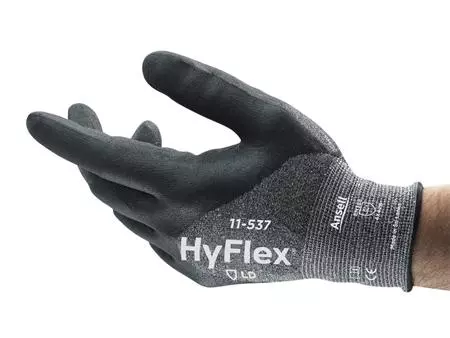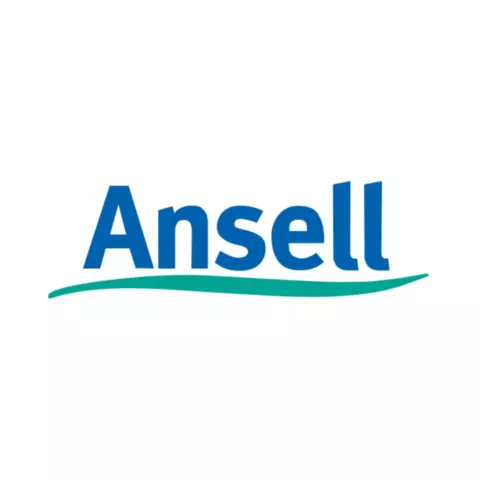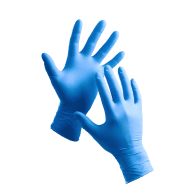HyFlex 11-537VP Vend
5.0 / 5
Product description
Description
Enhanced grip: HyFlex® 11-537 industrial gloves boast ANSELL GRIP™ Technology and three-quarter dipped nitrile foam coating, enhancing grip
Elevated comfort: ZONZ™ Comfort Fit Technology’s special blend of yarn and stitches result in a comfortable, ergonomic feel
Lightened feel: These HyFlex® gloves’ ultralight liner means personal protection with exceptional dexterity
Improved durability: Foam coating, with FORTIX™ Abrasion Resistance Technology, helps achieve EN and ANSI level 4 abrasion protection
Heightened protection: INTERCEPT™ Cut Resistance Technology also ensures EN ISO B/ANSI A2 cut protection
Reduced surface defect risks: Silicone-free, the risk of contaminant transfer to metal prior to painting is minimized
Recommended for
Handling metal sheets & panels
Handling parts with sharp, rough edges
Final assembly
Handling materials with sharp or rough edges
Assembly & inspection of components
Applying finish to materials, products
Product Details
Antistatic: Yes
Length: 200-270 Mm; 8.26-10 Inches
Available Sizes: 6, 7, 8, 9, 10, 11
Coating Color: Black
Coating Material: Foam Nitrile
Construction: Knitted
Cuff Style: Knitwrist
Finishing: Dipped
Gauge: 18
Grip Design: Ansell Grip™ Technology
Latex Free: Yes
Liner Color: Anthracite
Liner Material: Hppe, Fiber Glass, Spandex, Nylon
Silicone Free: Yes
Washing Temperature: 40 °C (104 °F)
About Coated Cut Protection Glove
Coated Cut Protection Gloves provide essential hand safety with cut-resistant materials and specialized coatings for enhanced grip. Ideal for construction, manufacturing, and handling sharp materials, these gloves offer both protection and dexterity for demanding work environments.
- Cut Resistant
- Electrical Protection
- Machine Washable
- Hand Protection
Standards and labels
Ansell delivery terms
Free delivery for all Ansell products
1 202,07 €
Price per 24 packages (144 pairs)
8,35 € / pair
Free delivery
A carton contains 24 packages (144 pairs)



